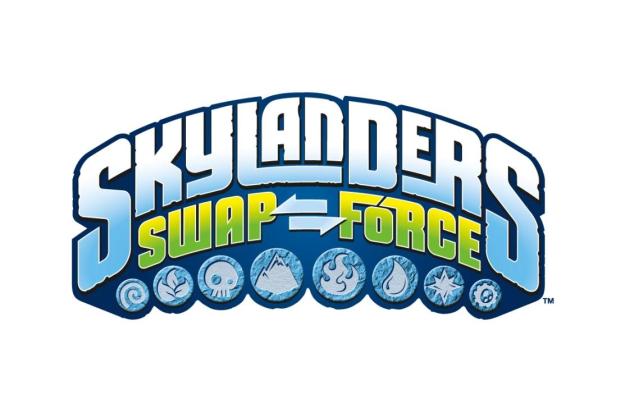
Call of Duty is Activision’s flagship gaming franchise. Since 2010 the series has produced annual iterations, each of which have gone on to smash the billion dollar mark and crush entertainment records in their wake. It is the publisher’s golden child and financial cornerstone, but it’s also the flashy big brother to another wildly popular billion dollar Activision franchise: Skylanders.

For those unfamiliar with the series, Skylanders combines physical toys and video games in an action-adventure made for players of all ages. It’s a brawler with different characters using unique powers to fight their way through bright and colorful worlds. The hook, however, is the Portal of Power, a peripheral you connect to a gaming console that contains a sensor capable of reading character data off the base of a Skylanders toy. Placing a figurine on the portal brings them into the game along with all saved upgrade data. These action figures are sold individually, ranging in price from $10 for a single toy/character to $25 for a pack of three. Two players can play at once, and gamers can take their own Skylanders figure to a friend’s house and put it on that portal to add their character to their friend’s game.

“With a franchise like Skylanders, it’s kind of limitless where we can take it, because there aren’t rules,”
“The opportunity to innovate around toys is pretty vast,” John Coyne, senior vice president of consumer marketing for Skylanders, told Digital Trends. “There’s a whole industry built around toys, and they’ve done pretty well innovating over the decades.”

“With a franchise like Skylanders, it’s kind of limitless where we can take it, because there aren’t rules,” Coyne said.
Each new toy will come with an upper and a lower body part, connected by a magnet. Each toy part will have its own upgrade tree, and combining the different pieces will offer new gameplay options. Mixing and matching powers can produce unpredictable results. Sometimes you will need a specific type of character power or body type for things like access to secret areas, but previously leveled up characters can be brought into Swap Force with all of their upgrades. It means purchasing even more toys, but previous purchases are still useful. Burning a loyal audience by negating all the expensive add-ons they purchased separately would be a bad move, and Activision knows it.

“The truth is you have to evaluate it on an ongoing basis”
“I think there’s a difference between letting your audience tell you what to make, and providing what you think the audience wants, and understanding the nuances of how you interact with them,” Joshua Taub, senior vice president for Skylanders business unit said.

Now that Skylanders is a proven hit, Activision and the developers involved face the difficult task of creating frequent iterations of the games that innovate without wearing down the audience. It’s a lesson that Activision learned with its first billion dollar franchise, Guitar Hero. Between 2005 and 2010, the Guitar Hero franchise produced 24 games including mobile titles, spin-offs, arcade games, and more. It effectively killed the franchise (the 11 Rock Band games in roughly the same time frame didn’t help) through exhaustion and over-saturation. There is a long term strategy and the story will continue beyond Swap Force, but Activision is taking a somewhat more conservative approach to this series than it did with its rhythm games.
“The truth is you have to evaluate it on an ongoing basis because the toys and the game have to come together in the same way,” Taub said. “But there’s an arc that’s out there.”
Skylanders may never have the name recognition that Call of Duty or Guitar Hero before it did, but it is a vital piece of Activision’s financial strategy. With a billion dollars on the line, this is a franchise that is here to stay.


